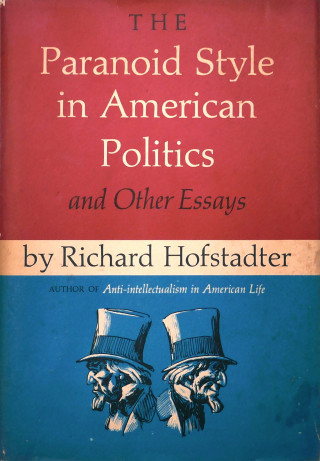The United States in the 1830s was a time of nativism and deepening anti-Catholic resentment. The country was experiencing a massive influx of Irish immigrants, almost all of whom were Catholic. Protestants in New England and New York became wary, even paranoid, of the threat of the country tipping toward the Roman Catholic Church. Puritanism was one of the driving forces behind the American Revolution just a few decades prior, and Protestants cherished and would aggressively defend its independence from Rome. The idea that “popery” might be seeping into the states, taking a multitude of insidious forms, was a cause for alarm.
Incipient nationalist movements took advantage of this widespread fear, disseminating conspiracy theories suggesting that the Irish were smuggling in a “foreign Catholic menace” that would not only usurp Protestantism but eventually topple American democracy. It was this wave of anti-Catholic bigotry that made something as heinous as the Ursuline school burning possible, as Protestant newspapers and demagogues preyed on people’s suspicions that parochial schools were run by the Vatican. Everyone involved in the convent burning was eventually acquitted of wrongdoing, further underscoring the grip of anti-Catholic sentiment.
This nativist fury made Americans vulnerable to all manner of far-flung conspiracy theories and fantasist propaganda, and produced the ideal atmosphere for perhaps the most bizarre, lurid episode in the history of American agitprop: the publication of The Awful Disclosures of Maria Monk, the alleged autobiography of a young woman who claimed to have lived in a convent in Montreal rife with rape, torture, and systematic infanticide.
The Awful Disclosures of Maria Monk was published in January 1836 into a media landscape that was already scorched by partisan religious warfare. Protestant newspapers like the American Protestant Vindicator and the unsubtly titled Downfall of Babylon, many based in New York, practiced yellow journalism with shameless aplomb, churning out copy that played to their readership’s xenophobic hysteria. Newspaper logos included a skull and crossbones with a papal hat and an image of churches collapsing into ruin. A cottage industry of literature—plays, pamphlets, sermons, even children’s books—stoked fear and conspiratorial thinking toward the Catholic Church. Ministers like Lyman Beecher delivered anti-Catholic speeches and published tracts outlining nativist ideologies.


